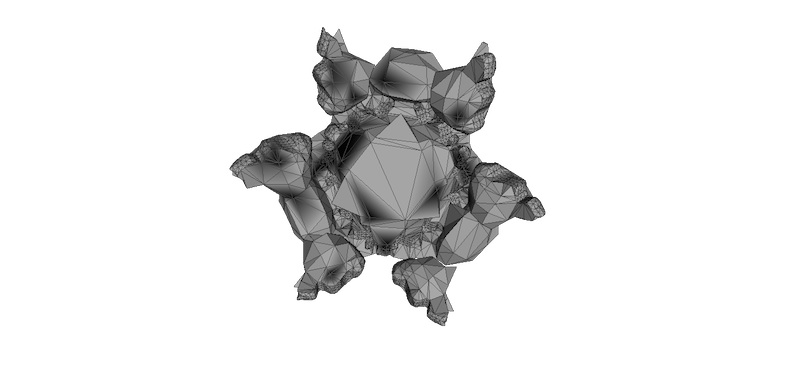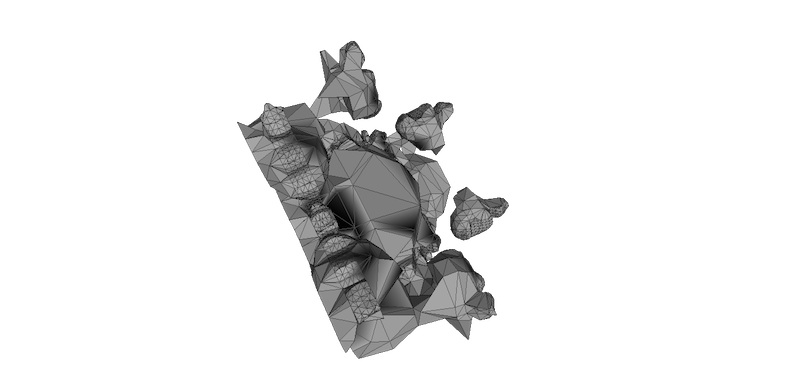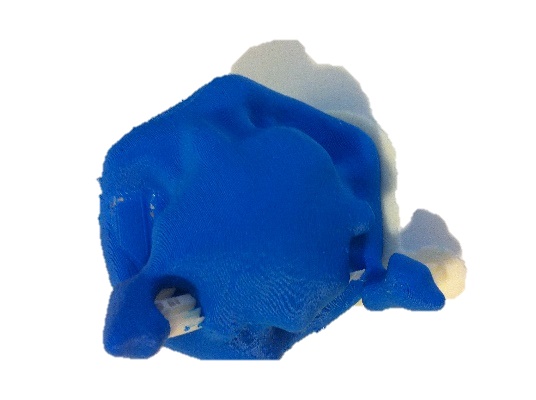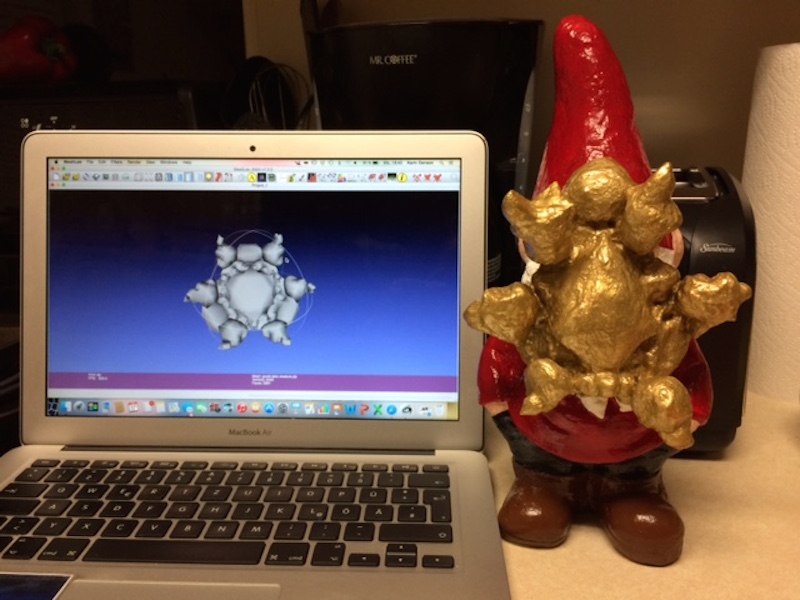Manifest data kit index
Manifest Data: A Kit to Create Personal Digital Data-Based Sculptures
Duke University Speculative Sensation (S-1) Lab
Duke University
 About this Kit
About this Kit
Introduction by Amanda Starling Gould
As we interact with the Internet and other networked digital systems, our activity becomes data that is captured, processed, and endlessly fed back (in)to us in recursive digital circulation. Media theorist Mark Hansen argues that this body-algorithm relationality is not only apparent but is in fact coming to characterize modern sensibility:
In our interactions with 21st century, atmospheric media, we can no longer conceive of ourselves as separate and quasiautonomous subjects, facing off against distinct media objects; rather, we are ourselves composed as subjects through the operation of a host of multi-scalar processes, some of which seem more "embodied" (like neural processing), and others more "enworlded" (like rhythmic synchronization with material events) ... Conscious experience of 21st century media increasingly occurs as the result of a complex compositional process involving digital techniques of data gathering and granular synthesis that facilitate the ‘feeding-forward' of multiple experiential sources into a potential future synthesis within consciousness...
In 21st century digital networked systems, our co-relation is not adjacent but contingent. Investigating this contingency and the feed-forward nature of our data-based lives is a recent project, called Manifest Data (2014), collaboratively created by Hansen's Speculative Sensation (S-1) Lab at Duke University.
Manifest Data inverts the neo-Marxian stance that the digital universe literally melts all that is solid into air by translating personal web browsing data into a 3D printed sculpture. These data — the same data large firms such as Google, Amazon, and Netflix, package and sell as data-based representations of the person who produces them — not only come to stand (in) for a user's physical form, but they also literally and financially fuel the web's metabolism. Manifest Data plays on this by reversing the melting process, and condensing the digital representation back into a solid form. It in-corporates personal user data in both senses of the term: it re-bodies (restores body to) a user's personal digital identity data and it, in a sense, transfers ownership of that data from data-capturing corporations back to their original owner.
In Manifest Data, the S-1 Lab uses localized network analysis tools to capture the content and destination of user-scattered cookie crumbs dropped, most often unknowingly and unintentionally, during Internet browsing sessions. The S-1 Lab then translates that data into point-cloud coordinates for visual modelling software that communicates with a MakerBot 3D printer.
The final printed solid data sculpture is a collaboration of human and nonhuman, digital and analogue wherein the human (co)implication in the digital universe is made physical, and is physically printed, as a 3-dimensional digitally-rehabilitated personal-data sculpture.




As a kit, our Manifest Data project includes code recipes, blue prints, templates, process documentation, physically-printed data creatures, hand-crafted sculptures, AR garden gnomes, and theoretical artefacts.
The code recipe for Manifest Data, authored by Luke Caldwell, transforms the protocological underpinnings of networking technologies — specifically IP addresses and port numbers — into points defining a vector field that can be fed into a 3D printer. A second code recipe geolocates these origin and destination IP addresses to produce a Google Map of connectivity and data leakage.
Moving from code to prototype, our kit includes MeshLab and SketchUp blueprints, as well as 3D models and presentation documentation featuring the Manifest Data team explaining how the practical and artistic aspects of the MakerBot apparatus and its constitutive software programs contribute not only to the design but also to the message of the project.
An additional material intervention is performed by Shane and Karin Denson, who leverage the captured data for an analogue interpretation in the medium of hand-sculpted concrete, (re)appropriating the figure of the garden gnome — which has become something of a symbol for 3D printing in general and has figured in demonstrations and marketing for MakerBot in particular — and producing a physical body or "portrait" of user activity that reinforces Manifest Data's inversion of Marx's dictum that "all that is solid melts into air." A further "translation" or mediation between the digital and analogue/material realms is effected by "planting" the gnome digitally in physical space, where it can be viewed and interacted with through augmented reality programs such as Layar/Junaio.
As theoretical commentary accompanying our physical artifacts, we have a contributing statement from David Rambo. Touching upon a more implicit reference in the title of our Manifest Data project, David Rambo proposes an analogy between the cultivation of online social relations and activities for profit and the real effects of western expansion driven by the 19th-century USA ideology of Manifest Destiny. Like the rest of Manifest Data, this brief exposition seeks to undercut the sanguine, egalitarian view of corporate Internet platforms by drawing our attention to a related history of violence, profit, and growth.
— Amanda Starling Gould, Manifest Data Project P.I.
Notes
- Mark Hansen, Feed-Forward: On the Future of Twenty-First-Century Media (Chicago: University of Chicago Press, 2014): 5, 46.
- Manifest Data is a multipart, multi-authored speculative design collaboration owned and operated by the S-1 Lab.